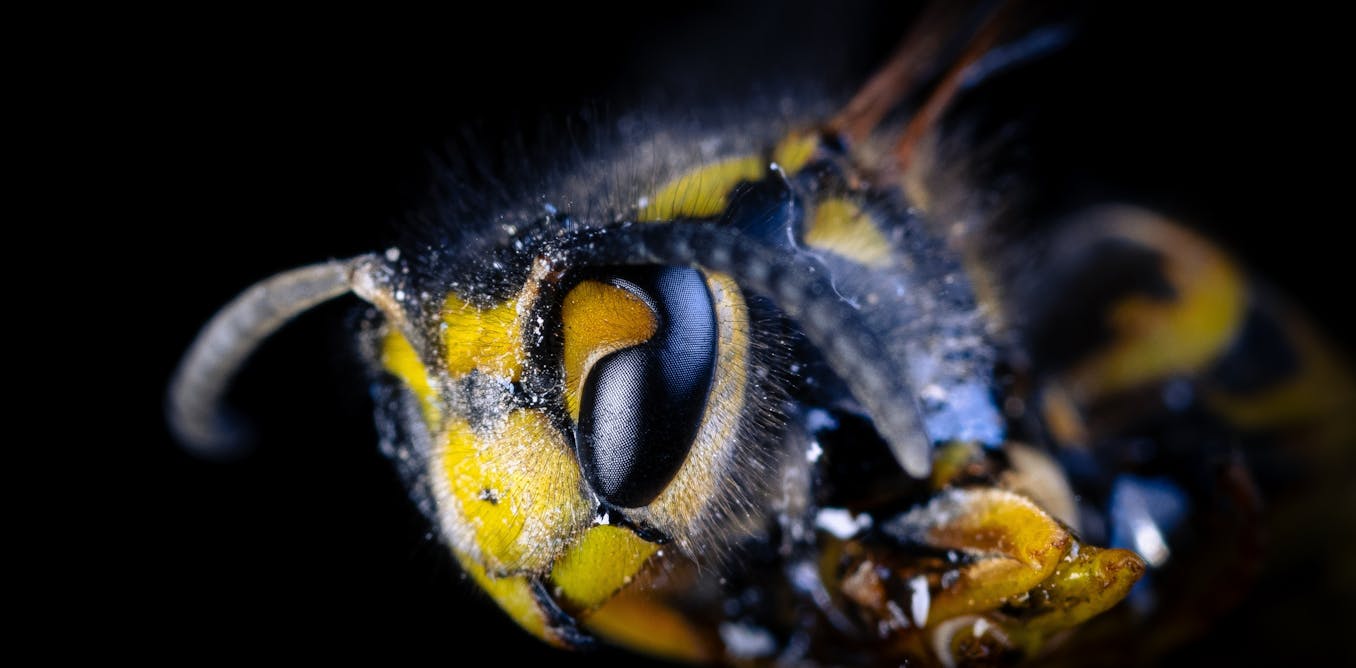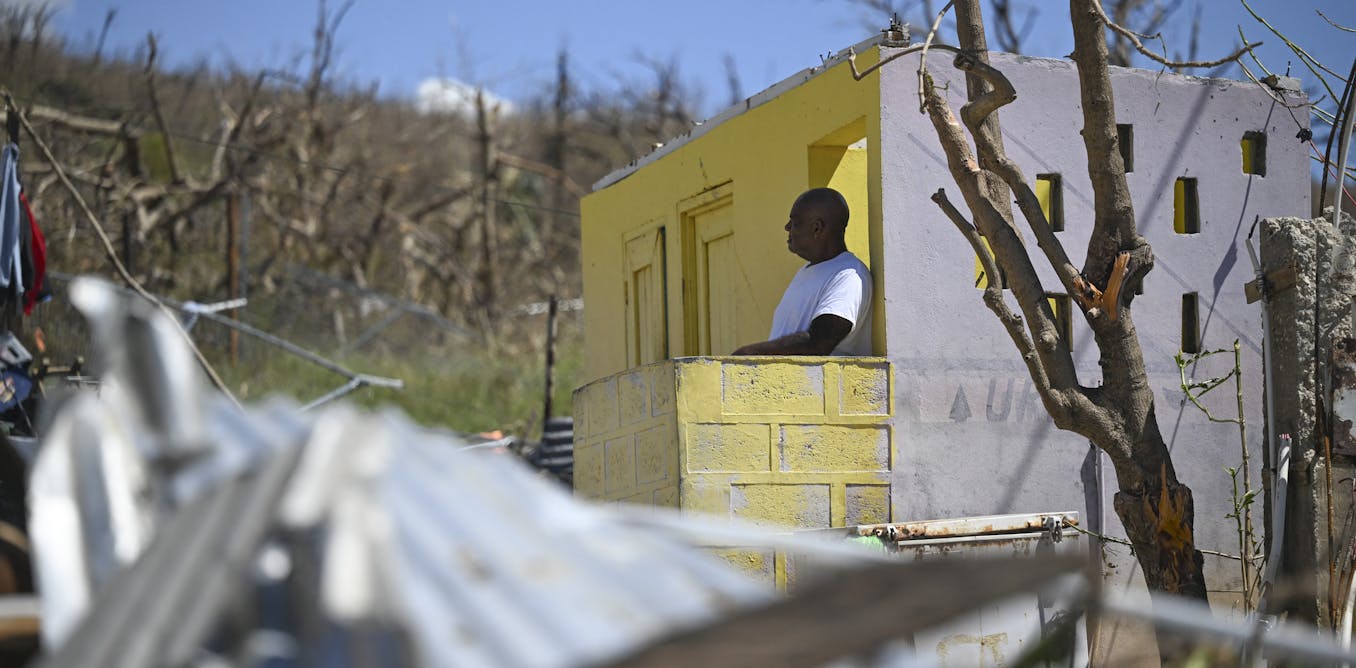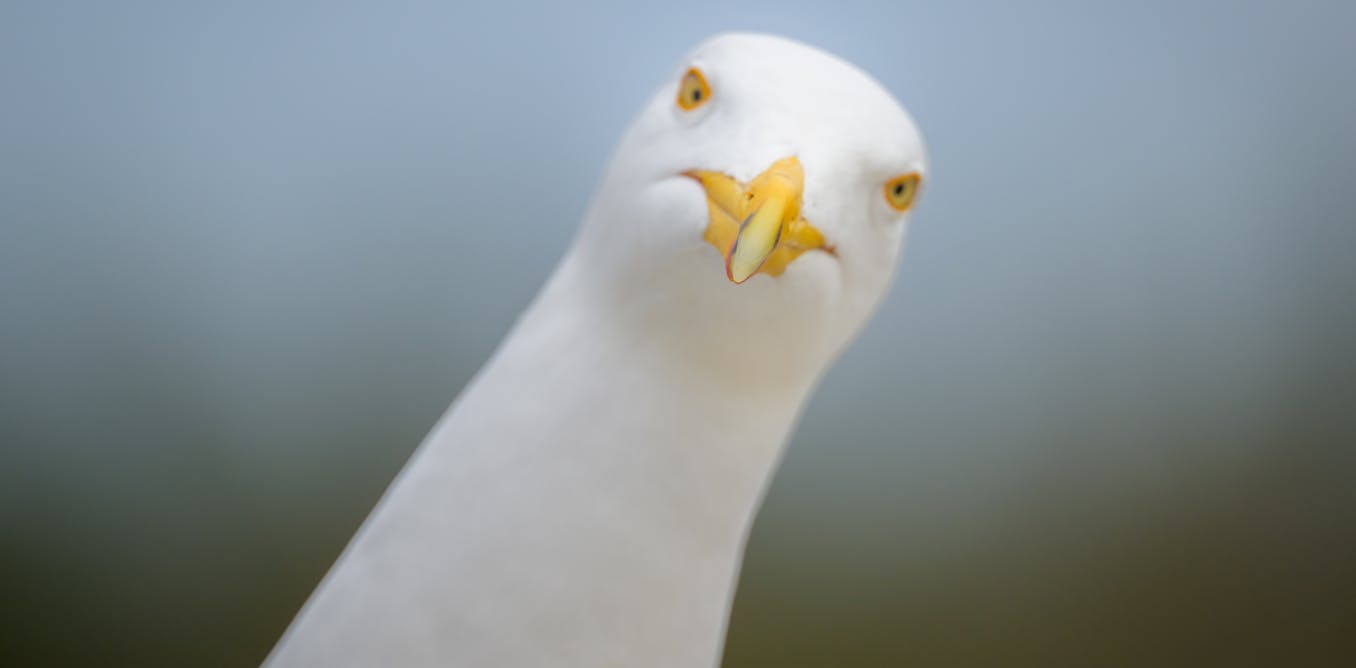I get twitchy about taking holidays at the end of August, because it’s the only time of year when people (and the media) in the UK seem to want to talk about wasps and I have spent my career trying to change people’s minds about these fascinating insects.
Typically, the UK wasp hysteria season peaks around August bank holiday, when we’re squeezing the last alfresco dining out of summer. Inevitably, along comes a yellowjacket wasp or two. The media follow with headlines themed on wasps on the attack. My colleagues and I step in with a defence of wasps, about their important role in ecosystems as pest controllers and pollinators and how their life history helps explain their behaviour.
But this year, headlines read “Where have all the wasps gone?” and “Why we should worry if wasps are on the wane”. I was surprised and pleased to see such interest in one of our most maligned insects.
All insects –- even wasps – are important parts of nature that deserve care and concern. Finally, this message appears to be getting through. But some of the data used in these media articles may be giving readers the wrong impression about what has happened to our wasps.
We know where the wasps have gone
We know enough about the life history of these insects to explain the lack of wasps this summer.
Wasp populations fluctuate year on year. Scientists used to think there might be a two- or seven-year cycle of abundance and scarcity in wasp populations. However, 39 years of data from the UK, published in 2017, show it’s mainly down to the spring weather.
Wasp queens start a new colony alone, collecting wood pulp to make a papery nest and hunting prey to feed her first brood. When female brood emerge as adults, they take over domestic duties. Only 6-9% of colonies survive into the summer in an average year. A cold, wet spring makes foraging conditions difficult for the queen. And if she dies before her first workers emerge, the colony is doomed.
Marco Lissoni
The creatures that wasps eat – flies, caterpillars, beetles, bees and other invertebrates – are also affected by weather. So a poor spring is a double-whammy for wasps. And that’s what’s happened this summer.
There is no doubt that insect populations are declining globally, driven by pesticides, herbicides and changes in how land is being used. A 2024 study by Italian researchers showed how exposure to pesticides and other pollutants alters wasp behaviour and development.
It is important to distinguish between the seasonal effects of weather and the long-term effects of climate change (along with change in land use), though. Of course, they are connected: climate change is driving more extreme, unpredictable weather patterns. A few bad (or good) years in a row can add up to significant changes in insect abundance. But it is unwise to pass judgement on any insect population based on a single year.
We have a lot less long-term abundance data for wasps then we do for bees, butterflies, moths and beetles.
Only two studies have attempted to analyse data on vespine wasp (yellowjackets and hornets) populations across multiple years. One study sampled wasps in three locations in the UK over 39 years, shedding light on how weather affects wasps. The other study combined museum specimen data with amateur recording data (from BWARS – Bees, Wasps, Ants Recording Scheme), and suggested that land use and climate change are likely drivers of changes in the UK populations of some species (such as the European hornet), while other species (the common yellowjacket and German wasp) have remained largely stable over the last century.
This suggests that different factors affect different species of wasps. Some species may be more resilient to human-mediated change than others, and this may be due to their dispersal patterns and nesting biology.
You can help
We need better data on wasps from across different landscapes and geographies to determine the factors that make wasps resilient – or vulnerable – to the combined effects of changing weather, climate and land use. Two monitoring schemes do this and you can contribute as a citizen scientist.
The UK Pollinator Monitoring Scheme (PoMS) invites people to record insects, including wasps, that they see in flower patches during ten-minute counts. Anyone can take part via their mobile app or a recording form between April and September each year.
The Big Wasp Survey focuses on vespine wasps – the yellowjackets and hornets. People are asked to make a simple wasp trap and hang it in their garden for a week. The website helps people identify the wasps they catch and submit their data. It runs from August 31 – September 14. Anyone in the UK can take part.
Read more:
We faced abuse for asking people to kill wasps for science – here’s why it was worthwhile
Wasps are apex predators, in the same way as lions are in the African savannah. If lions disappeared, all organisms in that ecosystem would be affected. So the more we know about wasps, the more we can be effective guardians of our ecosystems.

The post “Where the UK’s wasps have gone and why they need your help” by Seirian Sumner, Professor of Behavioural Ecology, UCL was published on 08/23/2024 by theconversation.com






































Leave a Reply